Tiger Lily
Tiger Lily, scientifically known as Lilium lancifolium, is a striking flowering plant renowned for its bold and vibrant blooms. With its distinctive spotted petals and elegant form, the Tiger Lily adds a touch of drama and beauty to any garden or landscape. This comprehensive guide will explore everything you need to know about Tiger Lilies, including their origins, cultivation techniques, care tips, and more. By the end of this guide, you will have a comprehensive understanding of Tiger Lilies and be ready to cultivate these beautiful plants in your own outdoor space.
Origins and Description:
Tiger Lilies are native to parts of Asia and belong to the Lilium genus. They are herbaceous perennial plants that can reach heights up to 4 feet (120 cm). The flowers are characterized by their large, showy, trumpet-shaped blooms, usually in shades of orange, red, or yellow, adorned with distinctive dark spots or freckles.
Growing Conditions:
Tiger Lilies thrive in well-draining soil with a pH level ranging from slightly acidic to neutral. They prefer full sun to partial shade, with at least six hours of direct sunlight daily. These lilies can tolerate various temperatures but prefer cooler climates and perform best in USDA hardiness zones 3-9.
Planting:
Plant Tiger Lily bulbs in the early spring or fall. Choose a location with good air circulation and sufficient space for the plants to spread. Dig a hole deep enough to accommodate the bulbs, typically about 6-8 inches (15-20 cm). Space the bulbs around 12-18 inches (30-45 cm) apart for proper growth.
Soil and Fertilization:
Ensure the soil is well-draining and amended with organic matter such as compost. Tiger Lilies appreciate nutrient-rich soil, so a balanced fertilizer during planting or early spring can support healthy growth and abundant blooms.
Watering:
Tiger Lilies require regular watering, especially during dry periods. Keep the soil consistently moist but avoid overwatering, as excessive moisture can rot the bulbs. Mulching around the plants can help retain moisture and regulate soil temperature.
Staking and Support:
As Tiger Lilies grow tall, providing support through stakes or plant cages is recommended. This will help prevent the plants from toppling over and ensure their graceful blooms are displayed to their full potential.
Maintenance and Pruning:
Remove spent flowers to encourage continuous blooming and prevent the plant from diverting energy to seed production. After the blooming season, allow the foliage to die naturally before cutting it back. This allows nutrients to be stored in the bulbs for the next growing season.
Pests and Diseases:
Tiger Lilies are generally resistant to pests and diseases. However, they can occasionally be affected by aphids, lily beetles, or fungal diseases such as botrytis. Regular inspection and appropriate measures, such as insecticidal soaps or organic fungicides, can help manage these issues.
Propagation:
Tiger Lilies can be propagated through bulb division. Every few years, dig up the bulbs in late summer or early fall, separate the offsets, and replant them at the desired spacing. This allows you to expand your Tiger Lily collection and helps rejuvenate the plants.
Symbolism and Cultural Significance:
Tiger Lilies hold symbolic meanings in various cultures. They are associated with wealth, prosperity, and positivity in Chinese culture, often used in celebrations and as ornamental plants. In Western cultures, they are considered symbols of femininity, beauty, and passion.
Tiger Lilies are beautiful and enchanting plants that bring exotic beauty to gardens and landscapes. Their striking blooms and easy-to-care-for nature make them a popular choice among gardeners of all experience levels. By following the guidelines and tips outlined in this comprehensive guide, you are well-equipped to cultivate and appreciate the splendor of Tiger Lilies in your own outdoor space. Enjoy their vibrant colours, graceful form, and the symbolic meanings they carry as you embark on your journey with these magnificent flowers.
Things to know about Tiger Lily
Common (vernacular) Name
एन्थूरियम (Hindi), Anthurium, Flamingo Lily, Flamingo Flower, Painter's Palette, Lace Leaf, Pigtail Plants, Tail Flower and many more.
Botanical Name
Anthurium Andraeanum
Origin
Mexico to Tropical America (Colombia, Ecuador).
Family
Araceae
Plant Type
Tropical plant
Plant Features
Ornamental / Evergreen / Exotic
Life Cycle
Perennial
Landscape Uses
Container Planting and Houseplants.
Species
Belolonchium, Calomystrium, Cardiolonchium, Chamaerepium, Cordatopunctatum, Dactylophyllium, Decurrentia, Digitinervium, Gymnopodium, Leptanthurium, Pachyneurium, Polyphyllium, Polyneurium, Porphyrochitonium, Schizoplacium, Semaeophyllium, Tetraspermium, Urospadix, Xialophyllium.
Varieties
It comes with thousand of different varieties in a diversity of leaf and flower colorations.
Size
Height : 1 to 1.5 feet tall and Width : 1 feet wide when mature.
Indoors or Outdoors
Outdoors : Anthurium can be used outdoors in shady plantings, avoid direct sun light.
Indoors : Excellent plant grow in bright light or indirect light. Best indoor plants for beginners.
Blooming / Flowering
Blooming period is throughout the year.
Flower Colour
It’s come with a contrasting spadix Gold, Yellow, Orange, Pink, White, Green, Purple, Red, Burgundy, Multicolored and Variegated colours.
Lucky Plant
According to Feng Shui, It bring Good Luck in your relationships.
Lighting / Sun Exposure
Bright Indirect Sunlight.
Temperature
Grow best preferably warm temperature above 21°C and can be tolerate max temp. as high as 32°C.
Growth Rate
Anthurium is a slow to moderate growers plant.
Watering
Moderate watering, Mist or over head sprinkler to provide water and to improve relative humidity. Not tolerate overwatering it may cause root damage and yellowing of the leaves.
Fertilizer
Slow-release fertilizer, or a water-soluble liquid fertilizer once or twice in the growing season (Spring through Summer).
i.e. - Cow dung, DAP, Compost, NPK 30-10-10 fertilizer, liquid organic fertilizer etc.
Pruning
Pruning of Anthurium not much is needed. However, trimming away only discolored or dead leaves.
Propagation
Seeds : The best time to sow your Anthurium seeds is in the end of Winter / early Spring but it can't can give good result.
Stem Cuttings : The easier methods of propagation of Anthurium in water or in soil via stem cuttings, and can be done during the warm growing season.
Division : Division of Anthurium can be done in Rainy season, or better in February to March.
Dormancy Period
Month : November to February (winter season)
Shed their leaves and show poor growth, Watering minimally.
Avoid : Propagate, Fertilize and Repotting.
Container
Ceramic Pot, Plastic Pot, Terracotta or Clay Pot is preferred, which ensures good drainage as well as water holding capacity.
Soil Type
A well-drained Loam / Coarse potting soil is recommended as well as water holding capacity. Prevent soggy potting medium.
Our recommendation for potting mix : Equal part mixture of Garden Soil (25%) + Compost (25%) + River Sand (25%) + Cocopeat (25%). You can substitute pieces of Charcoal, Vermicompost, Perlite etc.
Soil pH
Lightly Acidic soil - Ideally 5.5 to 6.5 pH (potential of hydrogen) is recommended for Anthurium.
Repotting
It is advisable to repot the Anthurium every year or two preferably spring to midsummer season.
Maintenance
Low maintenance and easy to grow.
Properties
Toxic or Poisonous to both humans and pets upon ingestion.
Benefits
Excellent indoor air purifier, Anthurium plants turns CO2 into oxygen. It purifies indoor air by removing harmful chemicals like ammonia, toluene, xylene and formaldehyde.
Special Features
Doesn't attract hummingbirds and pollinators like butterflies and bees or wasps.
Infestation / Pests
Aphids, Scale insects, Thrips, Mealy bugs, Spider mites and caterpillars etc.
Diseases / Problem
Physiological Problem : Anthracnose, Leaf Spot and Powdery Mildew.
Bacterial Problem : Bacterial Blight, Bacterial Wilt and Black Nose Disease.
Fungal Problems : Root Rot and Water Mold.
Some Glimpse of Tiger Lily

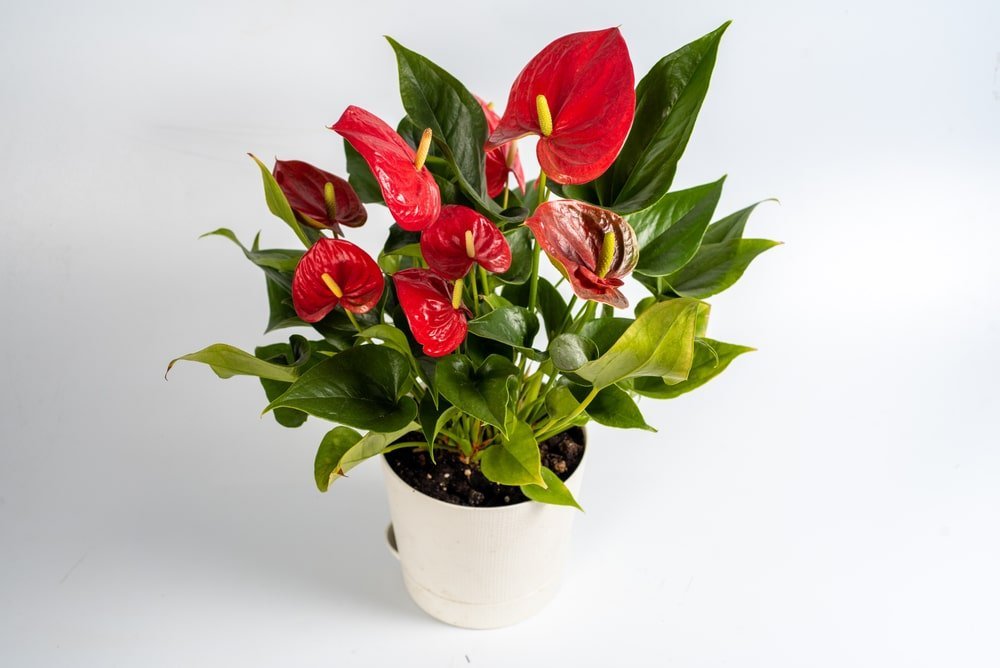
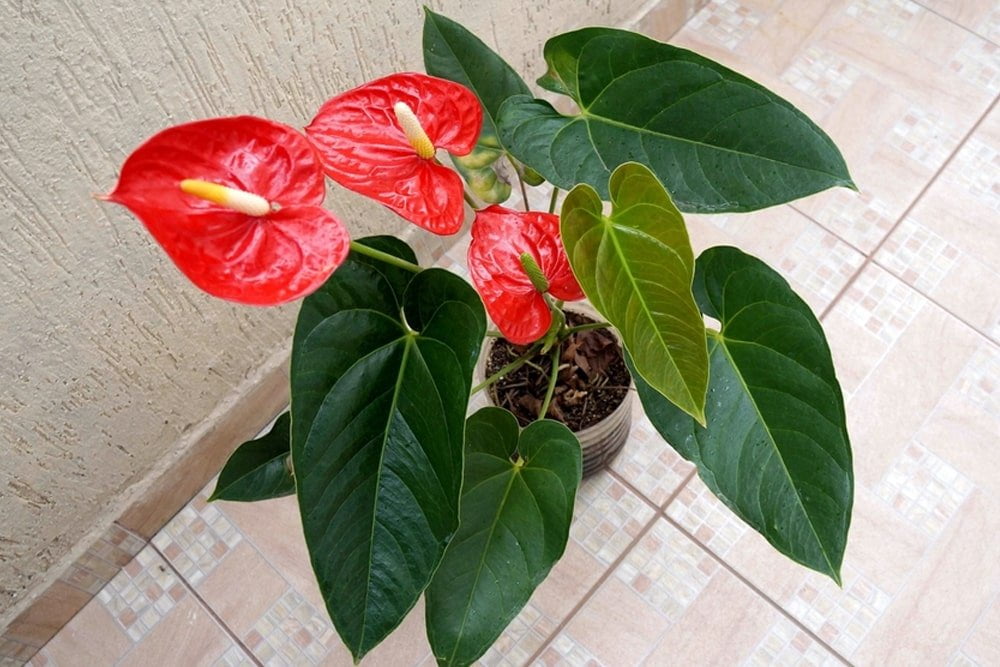


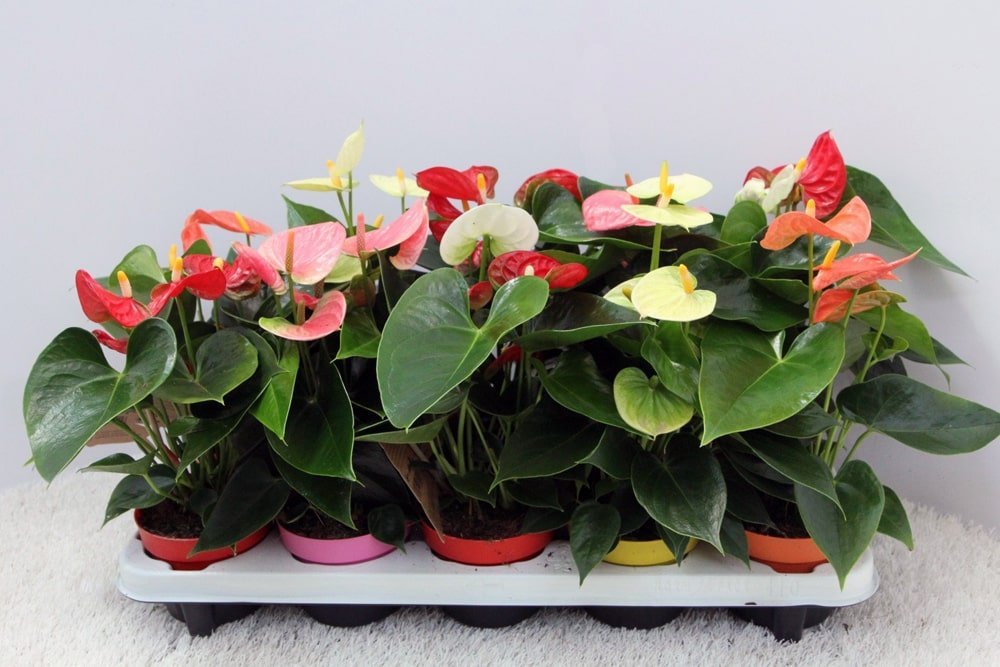



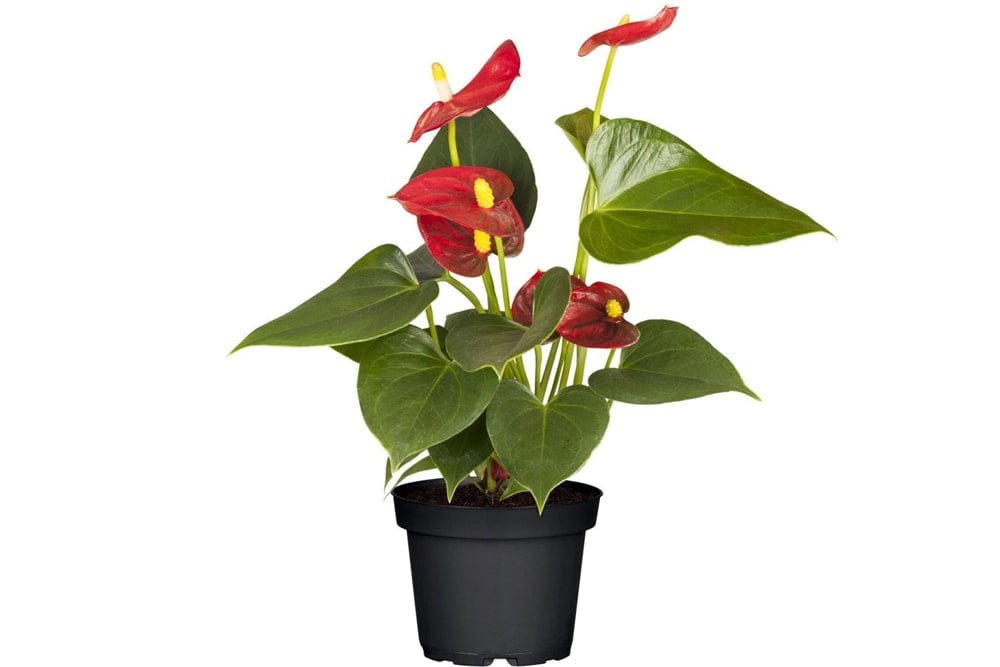
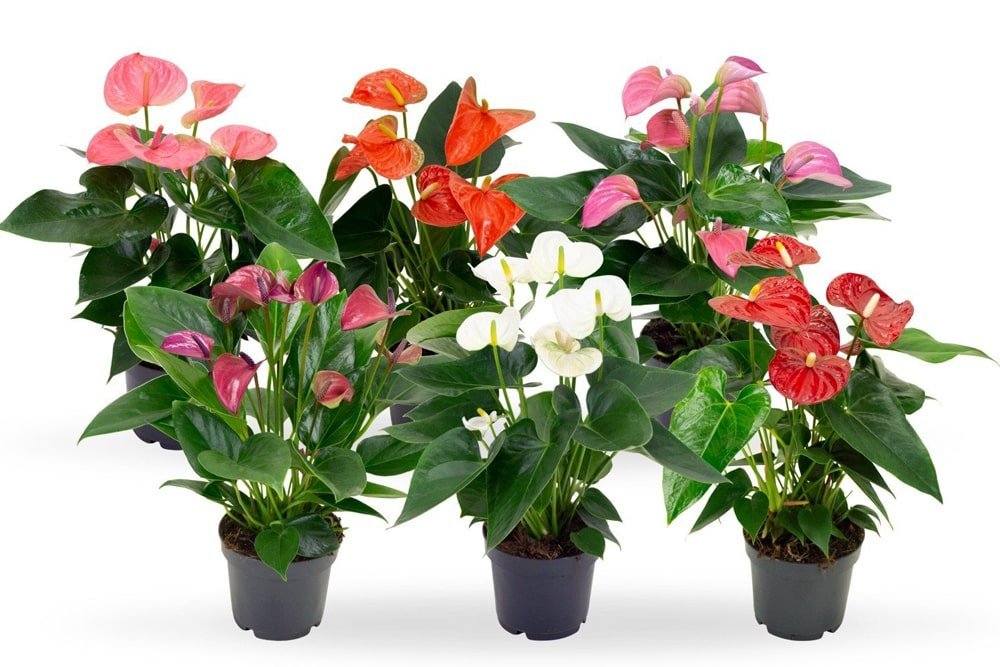
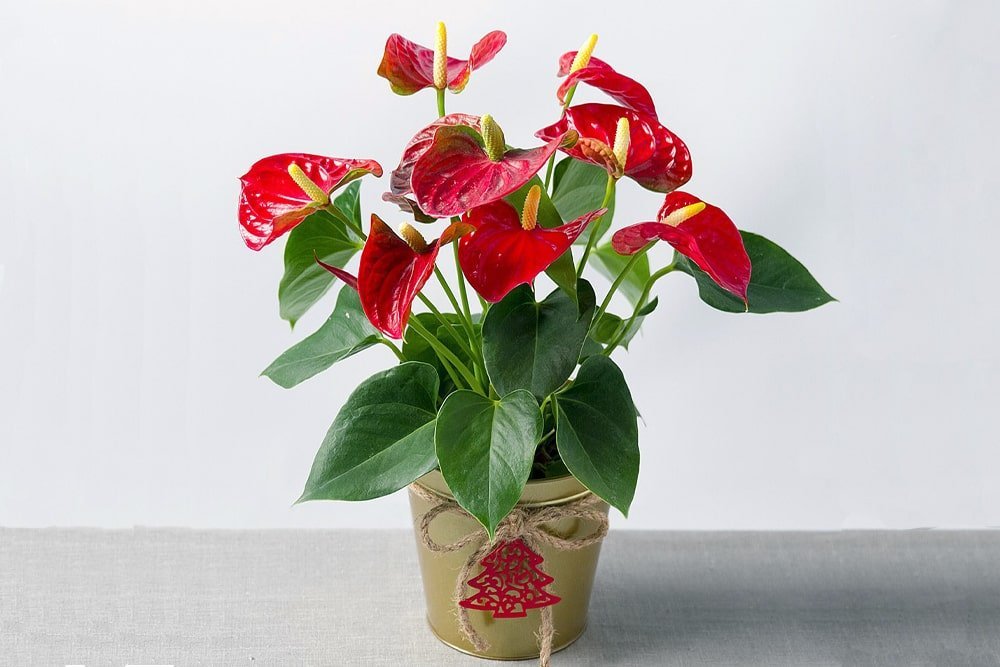




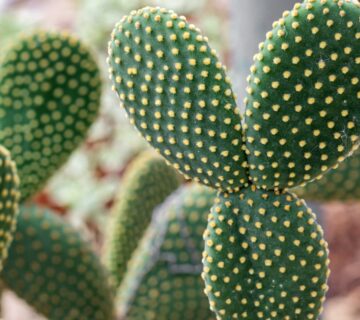
No comment